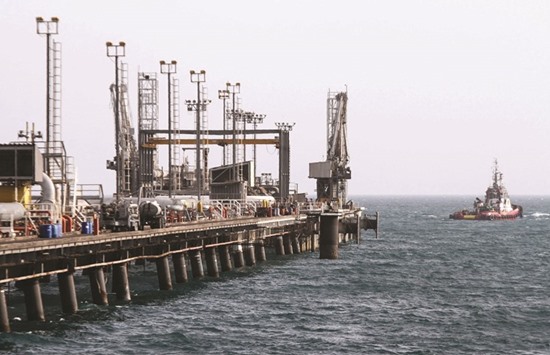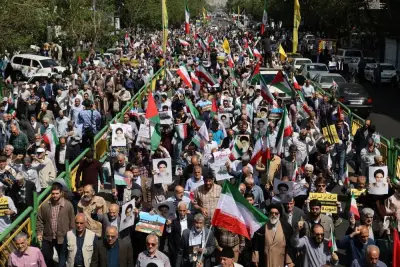Iranian Oil Minister Bijan Namdar Zanganeh said the country’s crude output would reach 4mn bpd (mbpd) by March 2017, state television reported yesterday.
“In the annual budget, the amount of oil export has been predicted around 2,250,000 bpd. This means our production this (Iranian) year will reach four mbpd,” Zanganeh was quoted as saying by state TV. The Iranian new year started on March 20.
Zanganeh said Iran’s oil output has increased after the lifting of international sanctions in January under a nuclear deal with six major powers.
Sanctions imposed on Iran in early 2012 by the US and European Union over its nuclear programme had cut crude exports from a peak of 2.5mn bpd before 2011 to just over 1mn bpd in recent years.
Iran has rejected freezing its output at January levels, which Opec secondary sources have estimated to be 2.93mn bpd, and wants to return to much higher pre-sanctions production.
“Fortunately Iran’s oil export has increased since the lifting of sanctions ... for 10 months since March 2016, Iran’s average monthly oil export was around 1,350,000 bpd,” Zanganeh said.
He said Iran’s oil exports surpassed 2mn bpd in the Iranian months of Esfand and Farvardin, which ends on April 19.
Oil prices rose on Tuesday after Kuwait said it expected major producers to agree later this month to freeze output, even as key player Iran continued to baulk at the plan.
Members of the Organisation of the Petroleum Exporting Countries (Opec) will meet with non-Opec producers in Doha on April 17 to discuss a possible oil output freeze to prop up prices.
The Doha talks are expected to widen February’s initial output freeze deal by Qatar, Venezuela, Saudi Arabia and non-Opec member Russia.
Iranian officials have expressed Tehran’s determination to continue increasing its oil production and exports until it regains its pre-sanction market position.
Zanganeh said last month Iran would join oil production freeze discussions after its own production reached 4mn bpd, the Students News Agency ISNA reported.
Crude prices remain nearly 40% above 12-year lows struck in mid-February. A recent recovery has fizzled on scepticism over the output freeze proposed by producers.
The Doha meeting is expected to bring together major oil producers, including the ex-Soviet nations Kazakhstan and Azerbaijan, which along with Russia have seen their currencies falling sharply on weak oil.
The key question concerns Iran, which saw its oil output curtailed for years by sanctions that have been lifted this year, and wants to bring its output to pre-sanctions levels before sticking to any agreement. Tehran plans to attend the Doha meeting, Russian Energy Minister Alexander Novak said this week.

A picture shows an oil facility in the Khark Island on the shore of the Gulf (file). Iran has rejected freezing its output at January levels, which Opec secondary sources have estimated to be 2.93mn bpd, and wants to return to much higher pre-sanctions production.


